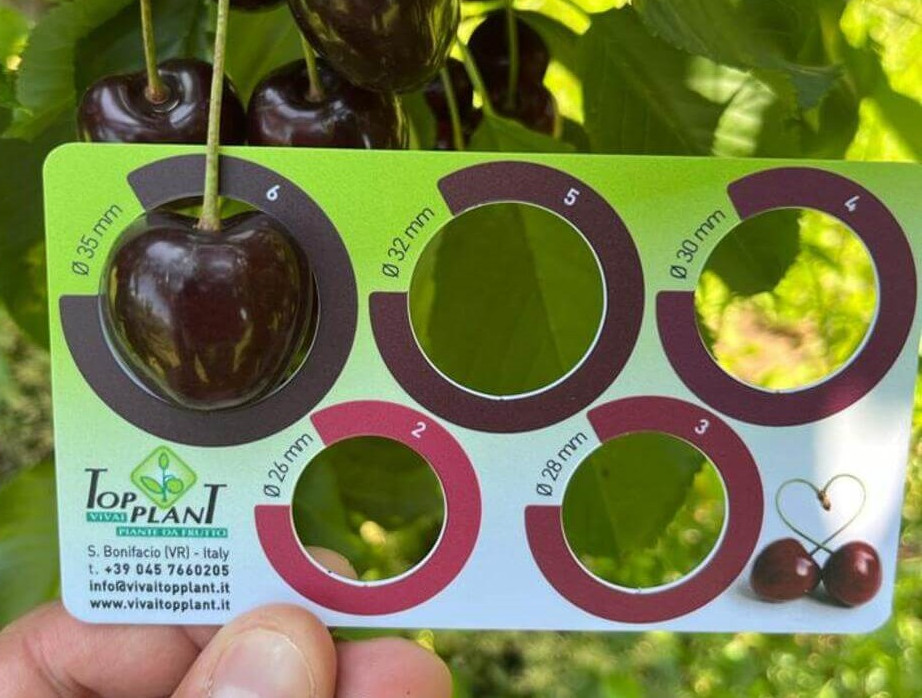Valle Maule, one of the leading Chilean producers and exporters of blueberries, is strengthening its position as a cherry exporter to China. Cherry Times interviewed Oscar Loyola, the commercial manager of Valle Maule, who has been overseeing the Chinese market in recent weeks to monitor market trends and the arrival of their cherry shipments.
"The quantities for us are still not comparable to those of major brands, but we are growing rapidly. Compared to last season, our cherry exports to China have increased by 35%," said Oscar Loyola.
 Oscar Loyola, sales manager of Valle Maule, visiting Chinese wholesale markets
Oscar Loyola, sales manager of Valle Maule, visiting Chinese wholesale markets
The main packaging options are 5 kg and 2.5 kg. The larger size is for the standard product, with a caliber of 24-26mm, labeled as XL. The 2.5 kg net format is used for all Jumbo calibers and is primarily sold as a gift item.
This is the peak of the year, with Chilean shipments reaching their highest point in the weeks leading up to the Chinese New Year, which falls on February 10th this year. This period coincides with the peak of sales and consumer interest. Chilean exporters are focusing on delivering shipments to markets by February 5th; after this date, the market experiences a significant slowdown as buyers return to their home countries to celebrate with their families.
In Guangzhou, about 200 containers of cherries are being unloaded daily, 80 in Shanghai, 100 in Beijing, and 40 in Tianjin.
Northern Chinese markets prefer lighter and smaller caliber products, paying a lower price. In contrast, Southern markets seek darker and larger caliber products. Especially in Shanghai, they are willing to pay a significant premium; currently, prices range between 200 and 240 Yuan (USD 28.00 - USD 33.60) for 2.5 kg cartons.

Overall, this year's Chinese market prices are generally satisfactory. Despite a challenging start to the season due to quality issues, the overall trend has been more than positive. Early in the season, rain caused quality and ripening problems for Santina and Royal Dawn varieties. There are still issues with pitting on Lapins, but customers manage them well due to strong demand.
Regarding varieties, Kordia is the favorite, commanding high prices due to its dark color, large caliber, and long stem. Rainier, despite more quality issues (internal browning), is in good demand. Lapins and Bing are also highly sought after.

According to Oscar Loyola, "the relationships established with Chinese partners are very positive and are based on pre-season visits to production areas and our market presence during the marketing period. As for payments, the system is well-established, primarily based on advance payments."
Oscar Loyola sees "significant opportunities for Valle Maule to develop cherry exports in China, with annual growth rates expected to be around 20% in the coming years. Competitors from Australia, Tasmania, and New Zealand are unable to undermine Chile's dominance, which has a strong reputation in China and is the primary choice for buyers."
While about half of the Chilean cherry quantities entering the Chinese market are currently controlled by 5-7 major exporters, the number of individual Chilean producers directly entering the market is increasing. Purchases are exclusively made by importers, who, in turn, serve supermarkets with aggressive and structured marketing policies. Social media, especially influencers on platforms like TikTok, plays a significant role in marketing.
Cherry Times - All rights reserved















